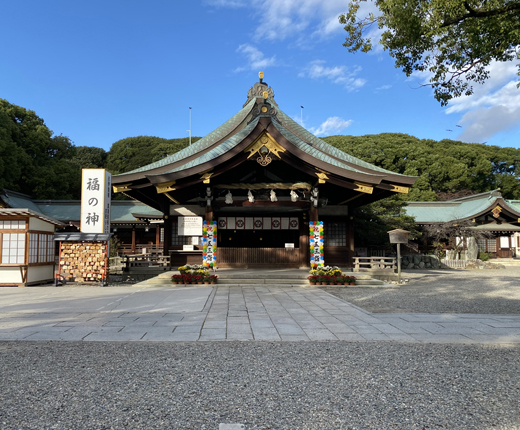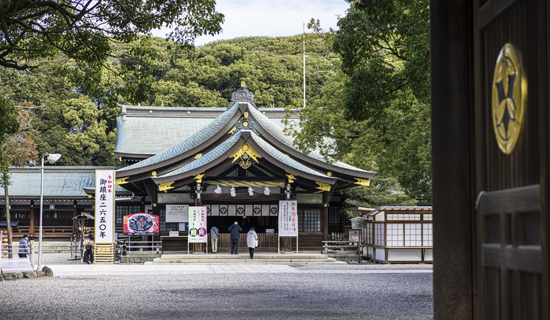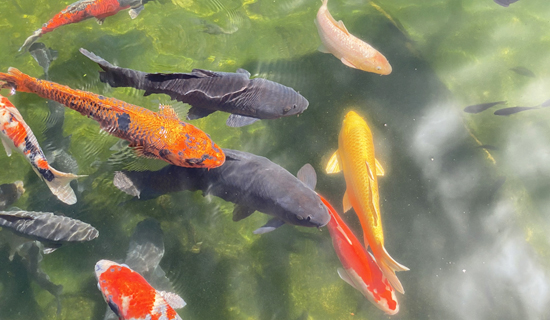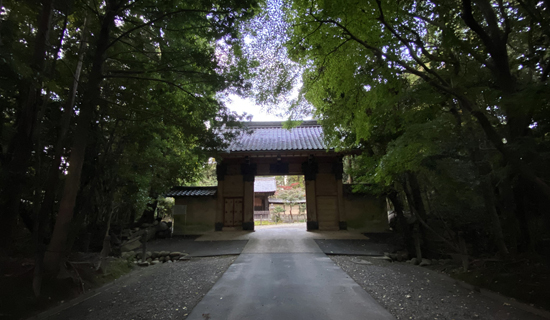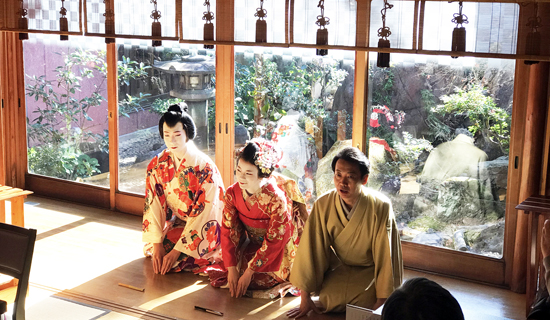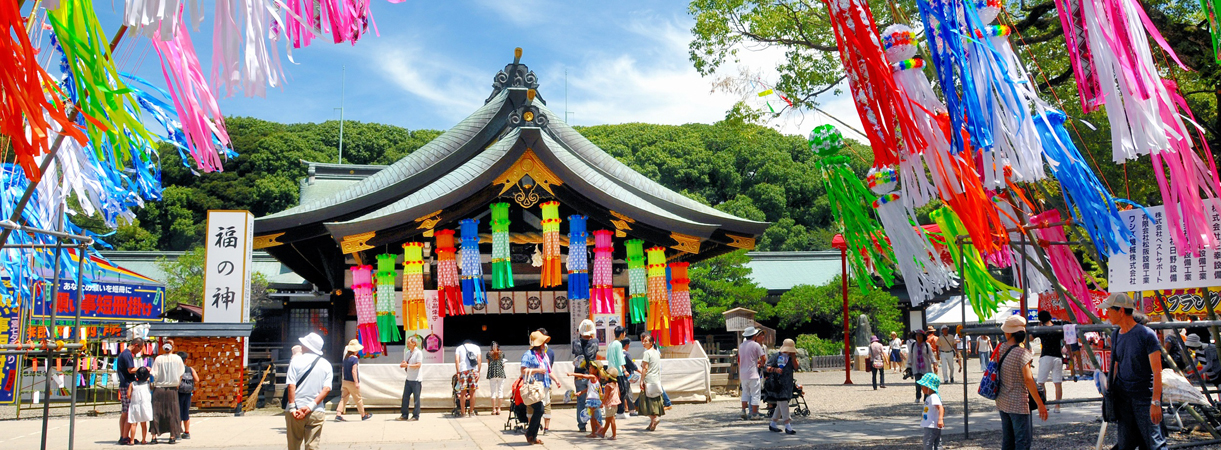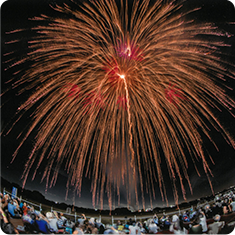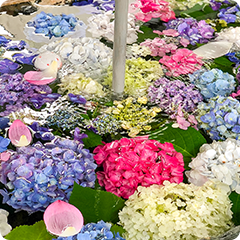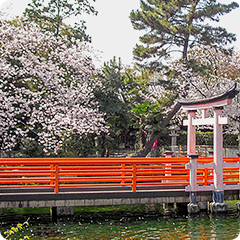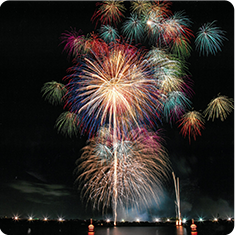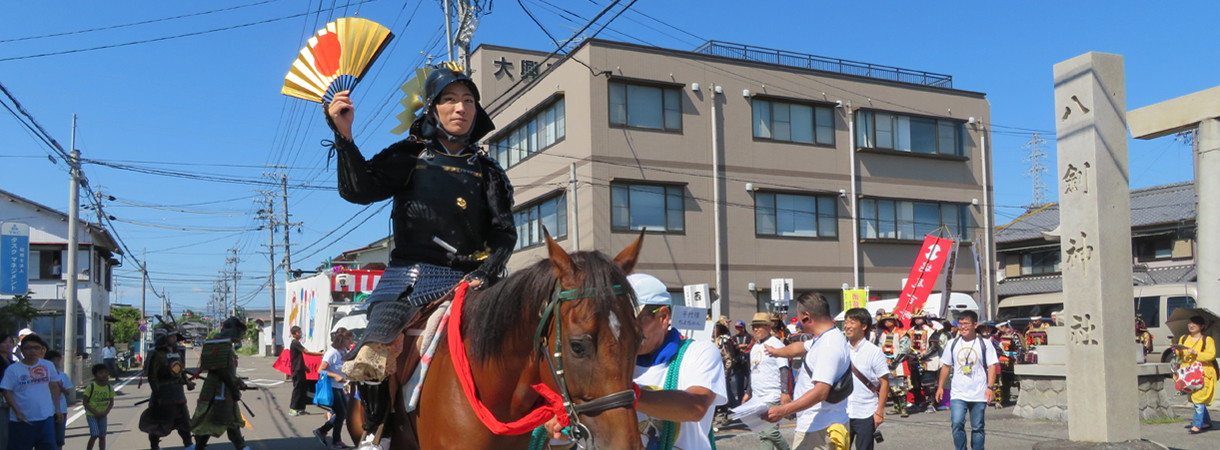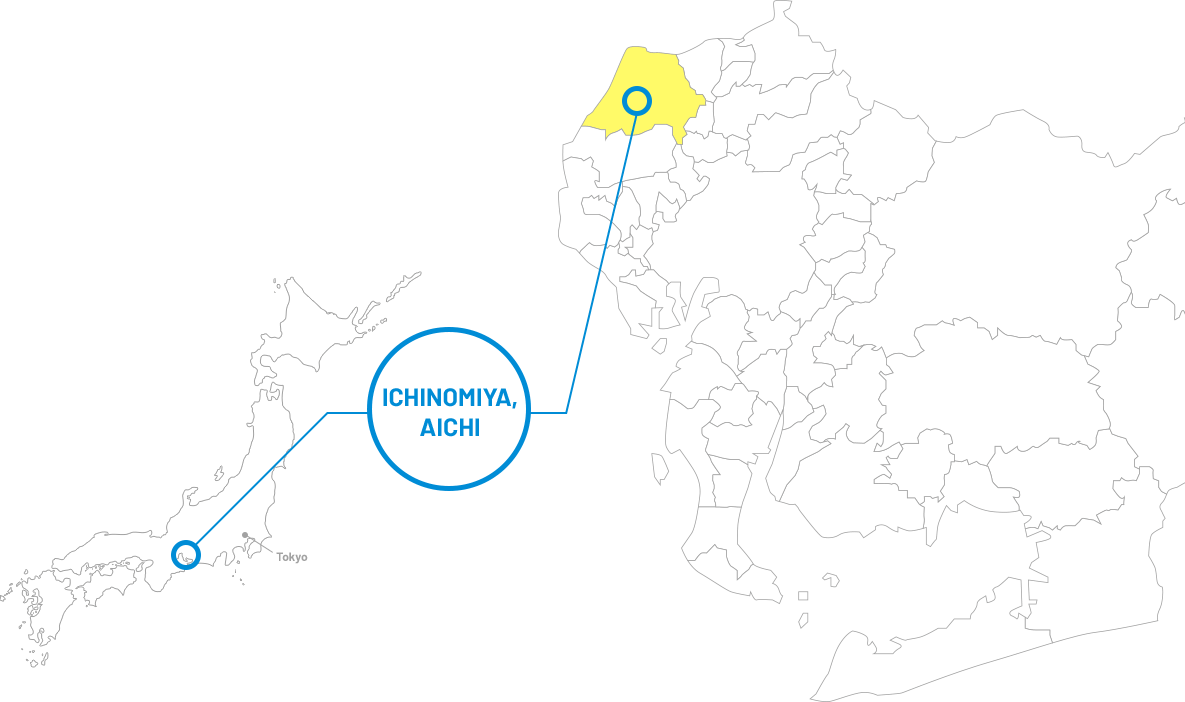
Scenes in the famous movie, The Seven Samurai, actually happened in Aichi Prefecture’s Ichinomiya. One of history’s most famous swordsmen trained here, and it is the birthplace of gallant samurai warriors. Ichinomiya is also home of the feudal Owari Province’s most important and historical shrines.
Each of Japan’s old provinces’ most important, most venerated Shinto shrines were known as the Ichinomiya. When the Kokushi, the provincial governors arrived in their lands, the first thing they would do would be to pay their respects to the deities at the Ichinomiya.
Masumida Shrine of Owari Province, the historical name for modern-day western Aichi Prefecture, was Owari’s "Ichinomiya", and the township that evolved around the Masumida became known as Ichinomiya.
The Warring States period samurai warrior and feudal lord, Yamauchi Kazutoyo was born in Ichinomiya. After the feudal period, Ichinomiya became famed for its woven wool textiles industries, and many of the old textiles factories with their iconic sawtooth styled rooves remain. Ichinomiya was where the Nagoya and Aichi Prefecture wide cultural practice of offering a special breakfast menu known as a “Morning” is said to have begun. Customers ordering a morning coffee are served with a thick piece of toast with butter, jam or even a sweet red bean paste, a hard-boiled egg and possibly even a salad or separate side dish, all for the price of the coffee. The locals, even businessmen from Tokyo and Osaka would take advantage of the regional hospitality.
Just 10 to 15 minutes by train from Nagoya City via the JR Lines Rapid, or Meitetsu Limited Express trains, Ichinomiya is a city to discover!
